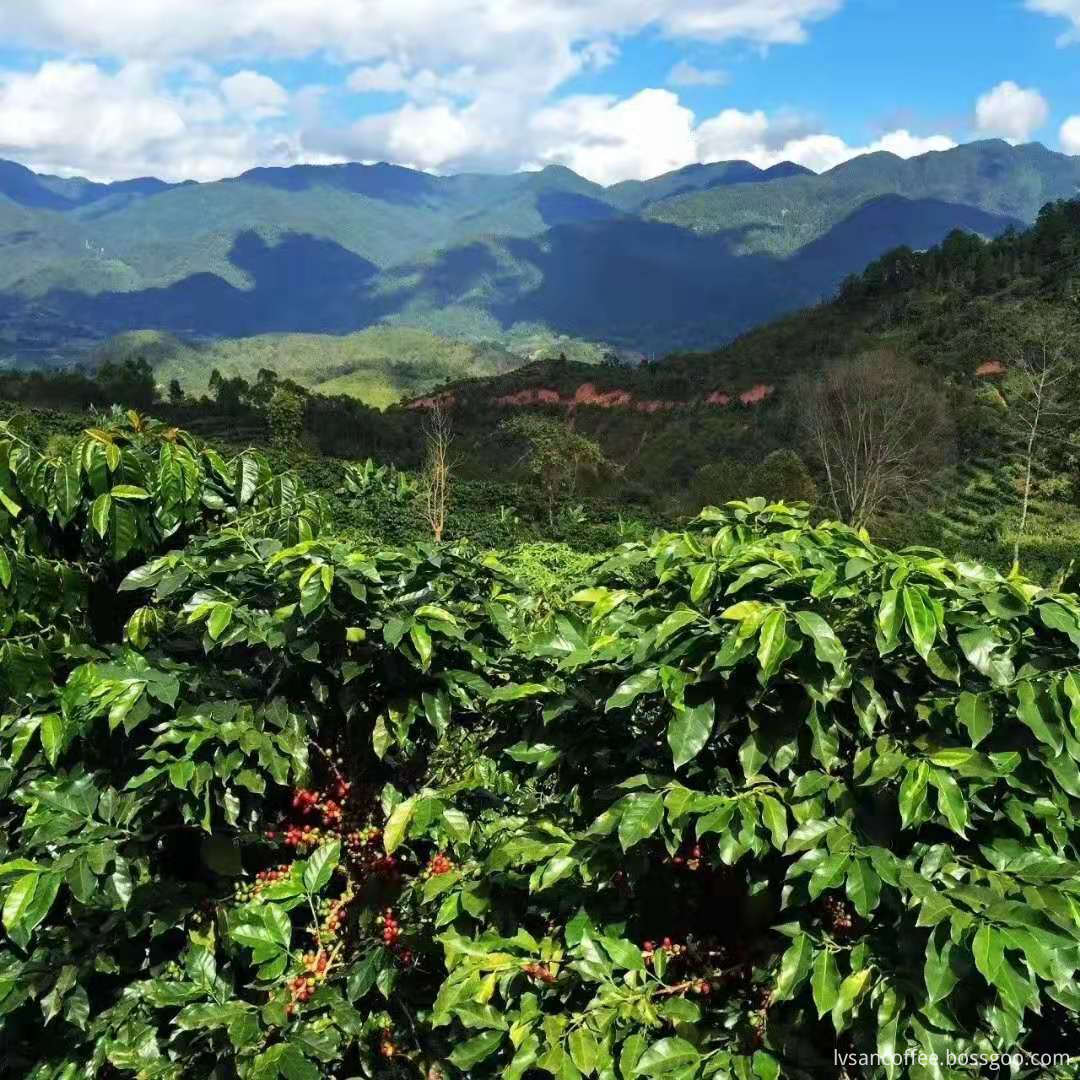Aquatic plants should be planted according to the habits of different species or breeds. In the construction of gardens, there are two different technical approaches for planting aquatic plants: first, planting troughs in the bottom of the pond, laying at least 15 cm thick culture soil, and implanting aquatic plants in the soil; and second, planting aquatic plants. In the container, submerge the container in water. The two methods described above have advantages and disadvantages. The use of containers for planting aquatic plants and submerging them into the water is more commonly used because of its ease of movement. For example, in the northern winter, the containers must be taken out for collection in order to prevent cold; in the spring, when soil is changed, fertilizer is added, and ramets are divided, the operation is also flexible. Provincial workers. Moreover, this method can keep the pool water clear, and it is also more convenient to clean the pool bottom and change the water. 1. When the planter pond is built, build a planting tank at an appropriate depth of water and add more humus-rich culture soil. Planters generally use wooden boxes, bamboo baskets, wicker baskets, etc., and will not rot within one year. When selecting the soil, it should be noted that after the soil is planted, the water will not be dumped or blown by wind and waves. Generally, there is no need for a porous container, because the culture soil and its fertilizer efficiency can easily be lost to the water and even pollute the water quality. Different aquatic plants have different requirements for water depth, and the placement of containers is different. It is usually in the water, brick masonry, and the container is placed on the top of the square platform to make it reliable. Another method is to bind the container with two water-resistant ropes, and then fix the rope on the shore and press it under the stone. If the water level is very close to the shore, there are scattered rockery stones on the shore to hide the ropes, otherwise it will affect the landscape effect. 2. The soil can be sifted through clean garden soil, removing the twigs, weeds, dead leaves, etc. in the soil. Try to avoid using the mud in the pond to avoid incorporation of aquatic weed seeds or other harmful bacteria. As the main material, add a small amount of coarse bone powder and some slow-release nitrogen fertilizer. 3. The management of the management of aquatic plants is generally relatively simple. After planting, in addition to day-to-day management work, the following points should also be noted: (1) Check for pests and diseases; (2) Check whether plants are congested, usually for 3 to 4 years (3) Apply topdressing regularly; (4) Remove weeds in the water, change the water or clean thoroughly when the bottom or pool is too dirty.
Arabica Coffee Beans
China Green Coffee Beans
flavor: mellow and balanced, with fruit acid flavor, nuts, honey, chocolate, citrus;
Variety:Aribica
processing method: washing;
water content: less than 12%;
packaging: 60kg / bag
In 1892, French missionary father Tian Daneng preached in Dali, Yunnan Province, China. In order to drink coffee, he taught local villagers to grow and drink coffee. Up to now, coffee has been planted in Yunnan Province of China for more than 100 years, with an area of 120000 mu. Most of the varieties planted in Yunnan are ccatimor, with an altitude of 1000-1500m, The coffee produced in Yunnan has a balanced taste, rich nut and citrus flavor, some of which are very sweet, with obvious taste of chocolate, toffee and maple sugar. It is one of the high-quality coffee producing areas. Our coffee is produced at the junction of Puer and Burma - the Myitkyina original jungle beans at 1500-1750, with a rich flavor, high aroma and high sweetness. The 2019 international coffee cup Masters Tournament (China finals) is sponsored by beans.

Bulk Green Coffee Beans,Light Roast Coffee Beans,Green Robusta Coffee Beans,Arabica Roasted Coffee Beans
Yunnan New Biology Culture Co,.Ltd , https://www.lvsancoffee.com

